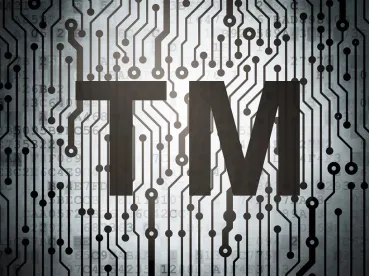Applying generally accepted principles of trademark law, the US Court of Appeals for the Federal Circuit found that using a competitor’s trademarks in marketing materials to promote competing products constitutes trademark infringement. VersaTop Support Systems, LLC v. Georgia Expo, Inc., Case No. 18-1208 (Fed. Cir. Apr. 19, 2019) (Newman, J).
VersaTop and Georgia Expo both produce modular rod-and-pole structures for assembling sectional spaces such as trade show booths. VersaTop had sold its patented system for coupling structural components under the trademarks PIPE & DRAPE 2.0™ and 2.0™ since 2011.
Georgia Expo distributed advertisements and brochures for an industry trade show that advertised “PIPE & DRAPE 2.0” products and stated that these products would soon be available from Georgia Expo. VersaTop sued Georgia Expo for trademark infringement and related claims.
The parties filed cross-motions for summary judgment. There was no dispute that VersaTop owned the marks PIPE & DRAPE 2.0 and 2.0, that Georgia Expo had used these trademarks and images of VersaTop’s product on its brochures, and that the parties were direct competitors. Georgia Expo argued, however, that because it had not “affixed the VersaTop trademarks to goods sold or transported in commerce, [it] had not violated VersaTop’s trademark rights.”
The magistrate judge agreed with Georgia Expo and granted it summary judgment in a decision summarily affirmed by the district court. Quoting the Lanham Act, 15 USC § 1127, the district court explained that “as applied to goods, ‘use in commerce’ requires that the mark be ‘placed in any manner on the goods or their containers or the displays associated therewith or on the tags or labels affixed thereto.’” As the district court saw it, “neither Georgia Expo’s brochure nor its October 2015 tradeshow activities meet the requirements for the applicable definition of ‘use in commerce’ under the Lanham Act,” and thus VersaTop’s claims failed as a matter of law. VersaTop appealed.
The Federal Circuit reversed, noting that the “use in commerce” requirement of § 1127 was a prerequisite for registration of the mark, and quoted McCarthy on Trademarks and Unfair Competition for the proposition that this provision was “clearly drafted to qualify a mark for federal registration—not as a candidate for infringement.” The Federal Circuit found that the district court had erred in applying this “use in commerce” definition to an infringer’s activities. Instead, the test for trademark infringement in the Ninth Circuit is based on the Sleekcraft factors, of which the three most important are “comparison of the marks, the similarity of the goods or services, and the identity of the marketing and advertising channels” (GoTo.Com, Inc. v. Walt Disney Co.) Georgia Expo did not dispute that it had used VersaTop’s exact marks in its advertising, that the parties sold identical goods, or that the parties competed in the same trade and marketing channels (and, indeed, the infringing advertisements were distributed for an industry trade show), so the key likelihood of confusion factors were established as a matter of law. The Federal Circuit thus reversed entry of summary judgment for Georgia Expo, entered summary judgment for VersaTop, and remanded the matter to the district court for further proceedings.
Practice Note: Infringement is determined by analyzing the likelihood of confusion factors. The factors used for determining ownership of a mark are distinct from these factors. Practitioners should take care to explain this distinction to any court that does not regularly handle Lanham Act cases.



 />i
/>i
